
For decades, the trusty desktop PC has been a cornerstone of personal and professional computing. From the best gaming PCs to creative hubs, home office setups, and so on, desktops have stood the test of time thanks to their versatility. But as we prepare to welcome 2025, a nagging question looms: are desktops on the verge of extinction?
The popularity of the best laptops, cloud services, and powerful alternatives like compact PCs have dramatically changed the way we think about computing, and some notable trends are now shaping the future and could mark the end of an era for the classic desktop PC.
Laptops and compact PCs take center stage
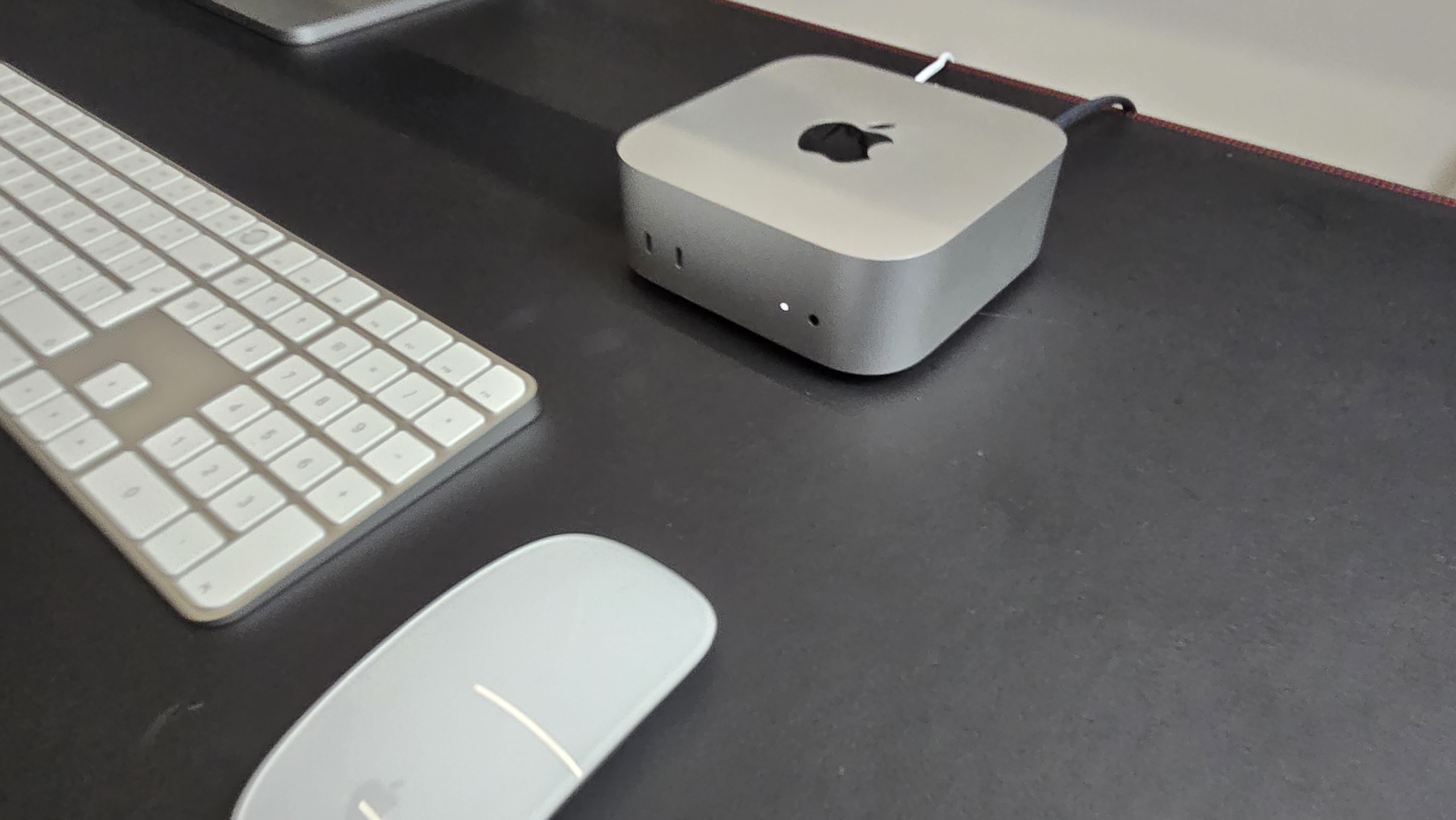
Laptops have evolved into powerhouse computers that rival even the most robust desktop PCs. From Apple’s latest M-series MacBooks to high-performance gaming laptops from brands like Razer and ASUS, portable computing is more powerful than ever.
Many users are now opting for laptops and tablets over desktops; as they offer desktop-grade performance in sleek, portable designs, making desktop PCs less appealing than they were before.
Compact PCs like the Mac mini and formerly Intel's but now Asus's NUC series also rival traditional desktops. These pint-sized systems deliver impressive power while taking up a fraction of the space.
Add external GPUs and high-speed connectivity like Thunderbolt 5, and you’ve got a setup that challenges traditional desktops without the bulk.
The gap between desktops and other computing devices is closing rapidly. Recent advancements in cooling technology, battery efficiency, and modular designs mean that even portable devices can perform demanding tasks such as video rendering and 3D modeling.
Businesses and freelancers alike are increasingly opting for portable solutions that provide high performance without sacrificing mobility.
Cloud computing is easily accessible

Cloud computing has been on the rise for some time now, making local storage and processing power less critical.
Services like Google Workspace, Microsoft OneDrive, and Adobe Creative Cloud enable users to work seamlessly across devices without being tied to a specific machine. As long as you have an account with one of these services, you can access relevant apps across desktop, laptop, and mobile devices.
Meanwhile, cloud gaming platforms like NVIDIA GeForce NOW and Xbox Cloud Gaming offer console and PC-quality gaming experiences on almost any device.
You no longer need the best graphics cards or best processors to play the latest AAA titles at high-quality settings; if your device meets the minimum bandwidth and system requirements, you can play high-end games without the need for a traditional gaming rig.
Even traditional tasks like coding and video editing are migrating to the cloud. Platforms such as GitHub Codespaces and Frame.io have made it easier than ever to collaborate remotely, reducing the dependency on high-spec local machines. As internet speeds improve globally, cloud-based workflows are becoming practical for more users.
However, reliance on cloud services comes with its own challenges. Concerns about data privacy, ongoing subscription costs, and latency issues may keep some users tethered to their desktops. For some individuals, local power and storage still hold the upper edge over cloud-based solutions.
Do gamers still need desktops?
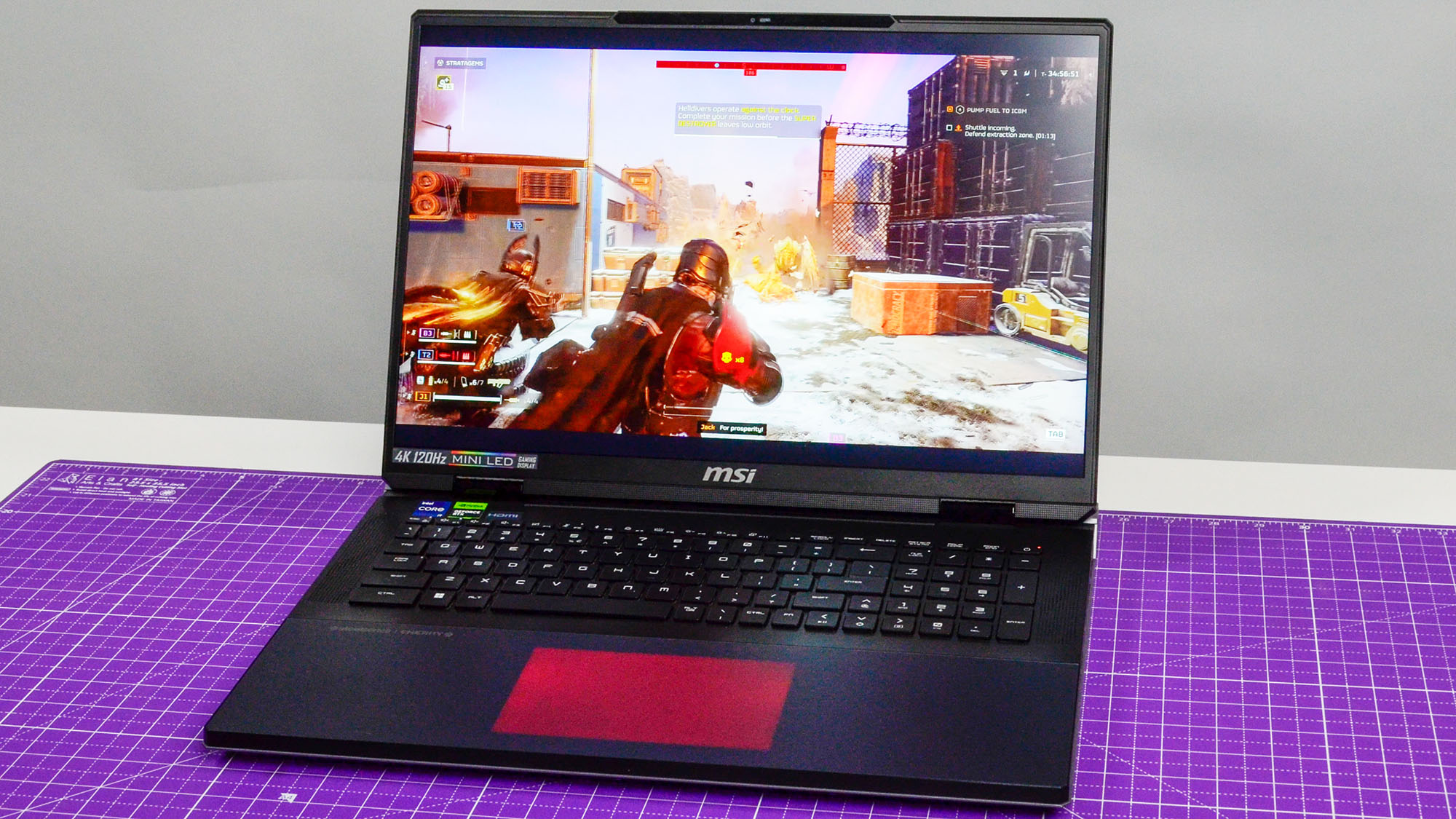
Gamers have long been the staunchest defenders of desktop PCs, and for good reason. Customizable, upgradeable, and capable of delivering unparalleled performance, desktops remain the gold standard for serious gamers. But even here, the landscape is shifting.
Gaming laptops like the Razer Blade 14 now feature RTX 40-series GPUs, high-refresh-rate displays, and improved cooling systems, narrowing the gap between portable and desktop gaming.
Additionally, cloud gaming platforms are steadily improving latency and reliability, offering a glimpse of a future where gaming hardware might even become unnecessary.
Esports is another area where desktops have traditionally reigned supreme. Professional gamers often prefer desktops for their reliability and ability to sustain high frame rates. However, advancements in gaming laptops and external peripherals mean the esports community is gradually warming up to portable solutions.
That said, the desktop’s ability to house the absolute cutting-edge of GPU and CPU technology ensures it won’t be fully obsolete in the gaming sphere anytime soon.
Sustainability and efficiency

The environmental impact of computing is becoming a bigger concern for consumers and manufacturers alike. Laptops and compact PCs are often more energy-efficient than desktops, thanks to advances in ARM-based processors and other low-power designs. For businesses and individuals prioritizing sustainability, this shift makes desktops less appealing.
However, desktops do have the upper hand when it comes to longevity. With upgradeable components, desktops can often outlast laptops by years, reducing e-waste. The trade-off is that they consume significantly more energy, potentially offsetting their environmental benefits.
Companies are also starting to address the sustainability concerns of desktop PCs. Modular and repairable desktop designs are becoming more common, allowing users to replace individual components rather than discarding the entire system. Initiatives like these could extend the lifecycle of desktops and reduce their overall environmental footprint.
The evolution of workspaces
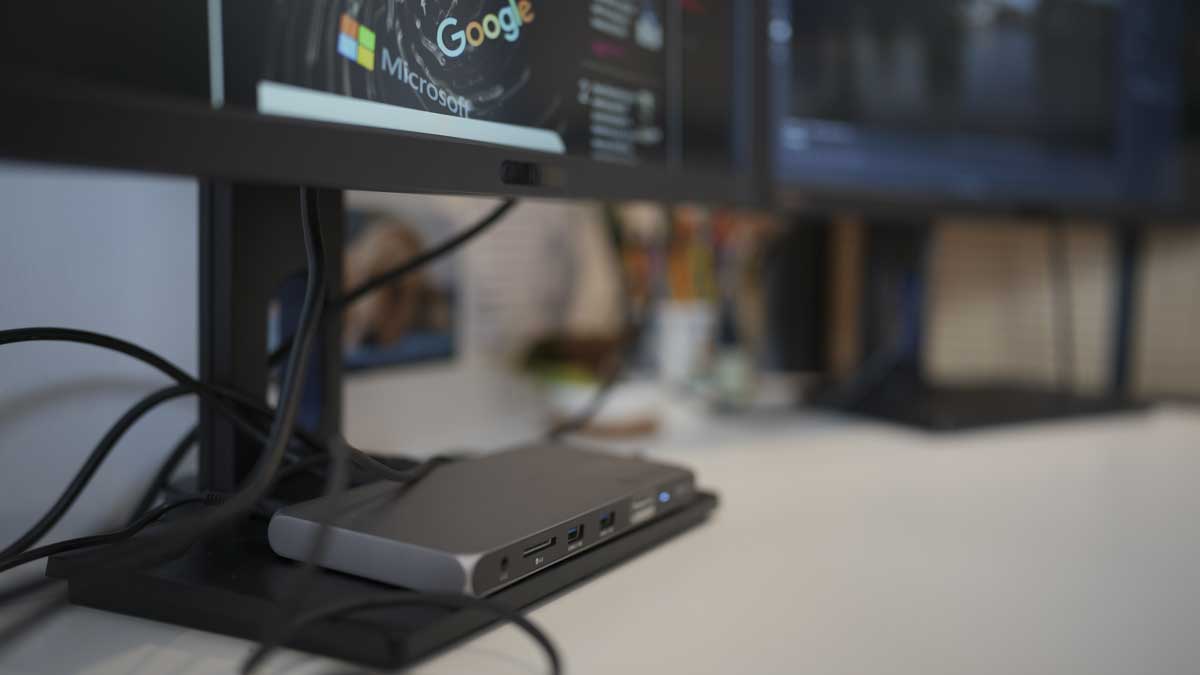
The shift to remote and hybrid work has had a huge impact on the decline of desktop PCs. Home offices are now designed for flexibility, with laptops and compact PCs dominating the market to offer greater versatility and save space.
Docking stations that connect laptops to multiple monitors, keyboards, and other peripherals can now easily replicate the desktop experience without the need for a permanent setup.
In industries like graphic design and software development, desktops still hold appeal due to their ability to handle resource-intensive tasks. However, the rise of remote work has emphasized the importance of portability and adaptability, which laptops and compact PCs deliver in ways traditional desktops never could.
A hybrid future
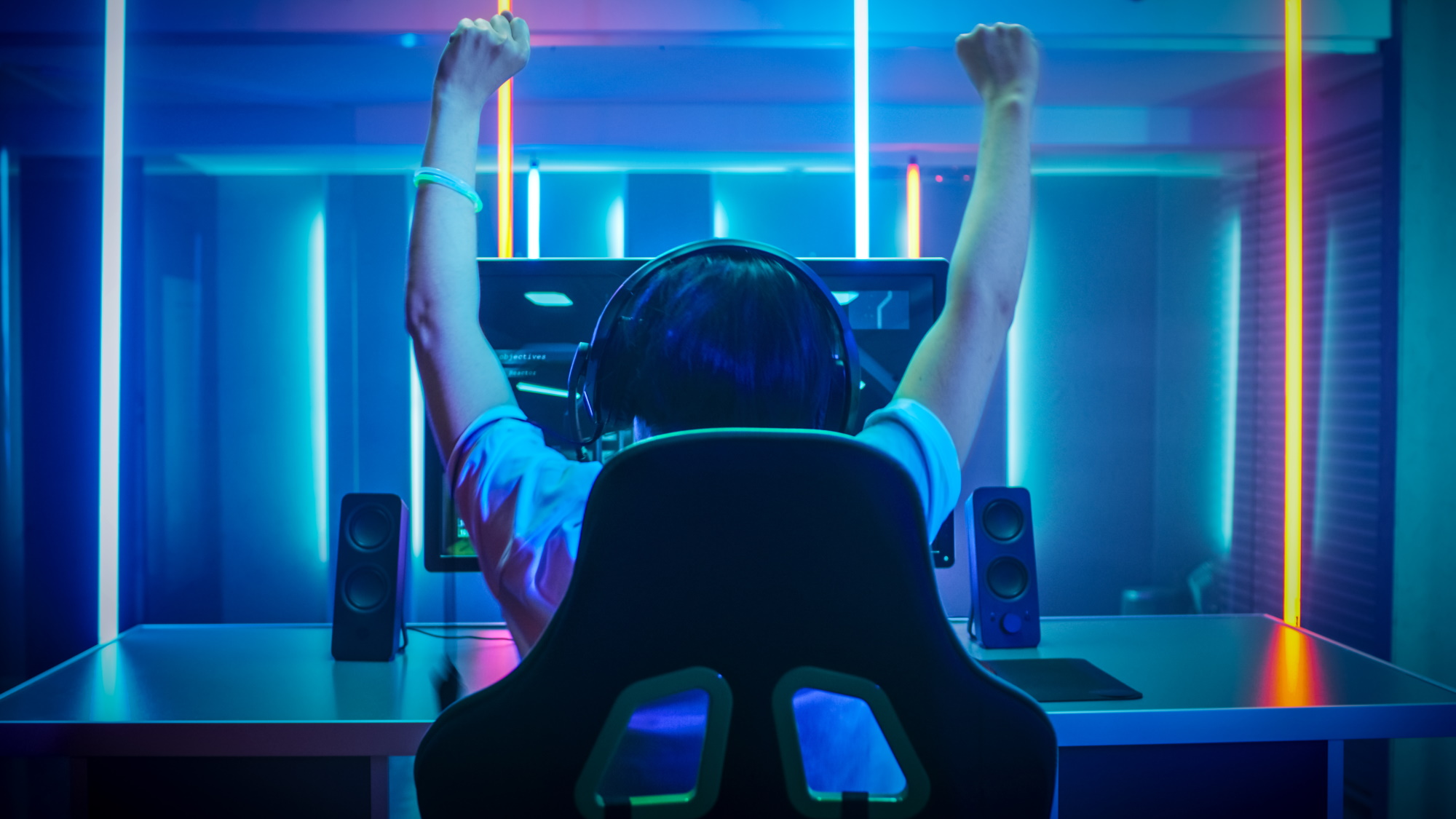
While the desktop’s dominance is waning, it’s unlikely to disappear entirely. Professionals in fields like video editing, 3D modeling, and AI development still benefit from the raw power and customization options that desktops provide. Similarly, gamers seeking the ultimate performance won’t abandon their rigs anytime soon.
It’s more likely that we’ll see a shift toward hybrid setups. Many users might rely on laptops or compact PCs for day-to-day tasks while connecting to docking stations, external monitors, and peripherals for a desktop-like experience when needed. This approach offers the best of both worlds in terms of portability and power.
Hybrid workspaces also make it easier to mix and match. Employees and students might use powerful desktop setups in shared environments like labs or offices while relying on lightweight devices at home. This blend of solutions ensures that users get the right tool for the right task, rather than being tied to a single device.
The end of the beginning
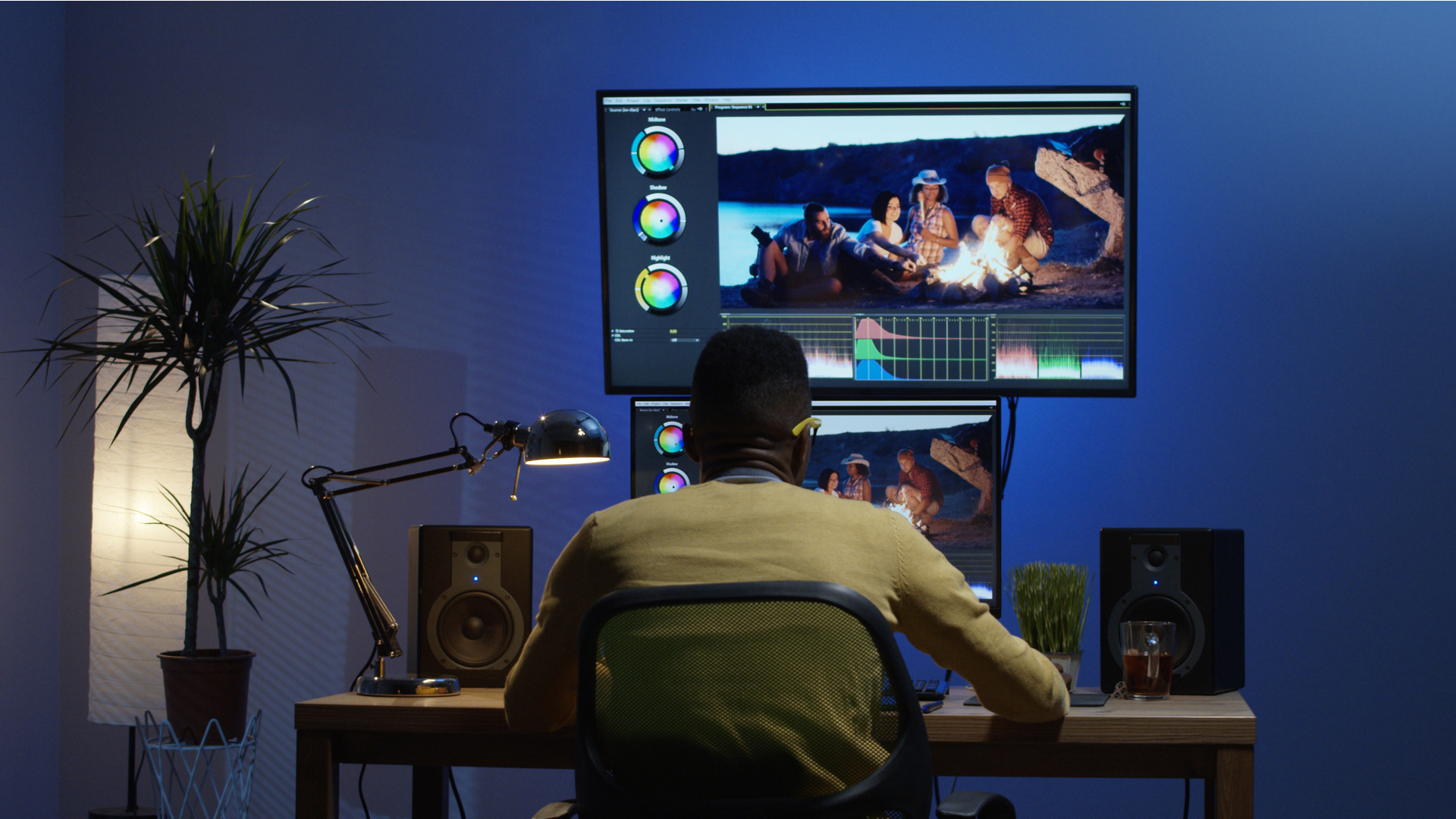
It seems unlikely that 2025 will be the year we bid farewell to desktop PCs, but it’s certainly a turning point. As mobile computing, cloud technology, and compact systems continue to evolve, the role of the traditional desktop will undoubtedly shrink. For many, the days of a massive tower under the desk are already over.
However, desktops will remain indispensable for niche audiences and power users who demand ultimate performance and flexibility. So, while the desktop PC’s heyday may be behind us, it’s far from extinct. Instead, it’s evolving to fit a new era of computing where mobility, sustainability, and versatility reign supreme.
Ultimately, the future of computing isn’t about replacing one form factor with another, it’s about choice. Whether you’re a gamer, a creative professional, or a casual user, the tools available in 2025 will reflect your needs and priorities.







